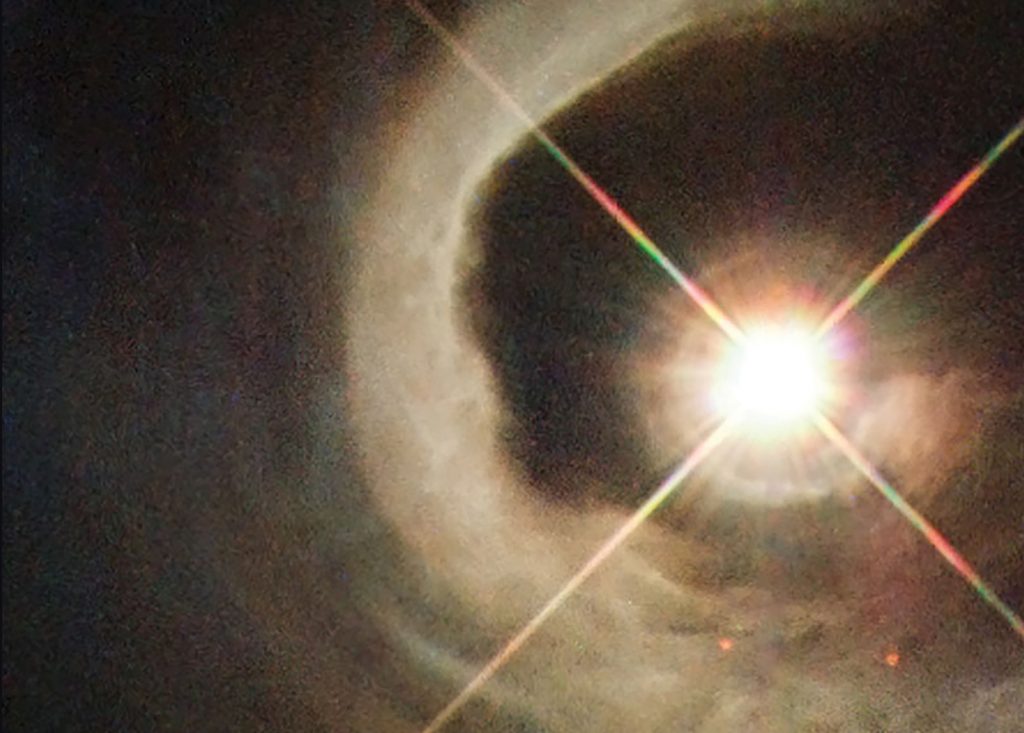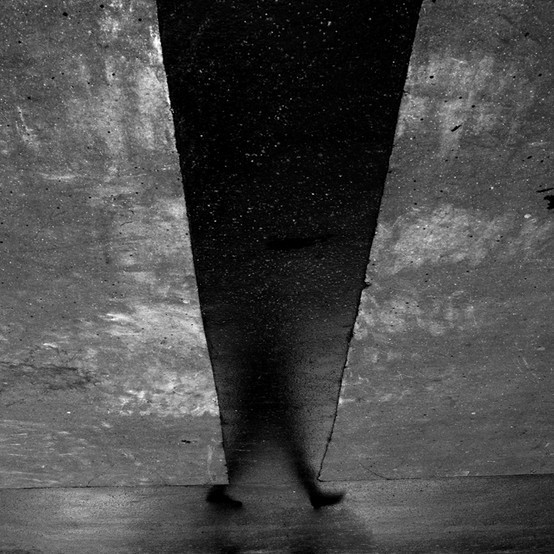The successful writer must, of course, have a solid understanding of language and usage. The creative writer needs a much rarer quality: the ability to communicate insights and visions, to offer new and often challenging perspectives, to make the abstract concrete, to portray emotion. In her fine collection of poems, In Hubble’s Shadow, Carol Smallwood shows all of these qualities, and more.  At first reading, these poems seem quite different from one another; repeated readings, however, reveal thematic similarities which make the inclusion of the poems in one volume more than appropriate. Those already familiar with Smallwood’s work will be glad to read these poems side by side. Those new to Smallwood’s world can expect to be charmed by her artistry and vision.
At first reading, these poems seem quite different from one another; repeated readings, however, reveal thematic similarities which make the inclusion of the poems in one volume more than appropriate. Those already familiar with Smallwood’s work will be glad to read these poems side by side. Those new to Smallwood’s world can expect to be charmed by her artistry and vision.
Smallwood writes clearly and accurately. Her fine vocabulary allows the reader ready access to a visual participation in the poems, without the distractions of complex wording. The varied figurative language, especially metaphor, helps to make the invisible visible, leading to both certainty and conjecture. Simple images, such as the dandelion in the sidewalk crack or ice in lemonade, invite us to compare our own experience and find meaning where there was none before. More complex, but equally intangible experiences can be found in poems like “Rearrangements,” which explores the aftereffects of covert child abuse, although each victim is different.
In this collection many of the poems are short, yet complete. For example, in “The Sugar Beet Field” the last word, “regret,” compels the reader to return to the opening line, “Acres of low green flourish,” and contrast “flourish” with “regret.” Smallwood seems equally adept in longer forms, as in the narrative “Dreams of Flying Sestina.” She occasionally makes use of repetition, much like Robert Frost. The opening and closing lines of “Dirt Roads,” for example, drive home the theme of the poem: “Dirt roads as reality checks are to be recommended.”
Throughout the collection, the commonplace always suggests more. A good example is the transcendental quality about “Ode to Mud” that connects dirt roads in the spring to man’s small place in the universe. This is the sort of musing that showcases the artistry of Smallwood’s poems. In her universe everything is related to everything else, both in time and space. The concrete becomes an abstract vision of life. In “Water, Earth, Air, and Fire” we see both ancient and modern attempts to gain access to universal mystery; the concluding allusion to blind Teirasias, who could see better than the sighted, connects to the modern dilemma of the speaker of the poem. Indeed, the distance between the poet’s intent and the reader’s response is considerable in many of these poems. As we are reminded in “Wind in Trees,” “the story lies with the interpreter.” And, of course, reality is often invisible and “seeing is believing” is not always true. In “They say” Smallwood ponders black holes and other phenomena, but concludes, “And yet, who has seen the wind?” Probably, this lack of concrete certainty is not a bad thing, however. “It Rained Today” ends this way: “It’s good we don’t know that // much about rain.”
Smallwood’s gift of sharing her experiences and reflections with her readers somehow makes us feel we know her and like her. She is realistic but not cold. Her insights become ours. She leaves her readers asking for more.
Stephen C. Holder is a Ph.D Professor Emeritus at Central Michigan University.
Carol Smallwood’s recent books include In Hubble’s Shadow (Shanti Arts, 2017), Interweavings: Creative Nonfiction (Shanti Arts, 2017), and Library Outreach to Writers and Poets: Case Studies (McFarland, 2017). She lives in Michigan.




